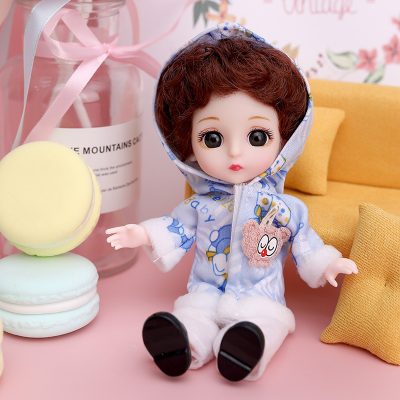The Barbie doll has often been viewed as a reflection of society, as it has evolved over the years to reflect and respond to changing cultural, social, and political dynamics. Here are several ways in which Barbie can be seen as a reflection of society:
- Fashion and Style: Barbie’s wardrobe and appearance have always been influenced by contemporary fashion trends. The outfits and accessories she wears often mirror popular styles of the time, reflecting the fashion tastes and norms of society during different eras.
- Careers and Aspirations: Barbie’s numerous career choices and role-playing dolls have reflected societal shifts in the roles and aspirations of women. From her early roles as a fashion model and stewardess to her later careers as a doctor, astronaut, and businesswoman, Barbie has adapted to changing perceptions of gender roles and women’s capabilities.
- Cultural and Ethnic Representation: As society has become more diverse and multicultural, Barbie has introduced dolls with various skin tones, ethnic backgrounds, and hair types. This reflects the increasing recognition of the importance of diversity and inclusion in contemporary society.
- Body Image and Beauty Standards: Barbie has faced criticism over the years for promoting unrealistic body standards due to her traditionally slender and proportioned physique. In response, Mattel has made efforts to create more diverse body types for Barbie dolls, addressing concerns about the impact of unrealistic beauty standards on society.
- Social and Environmental Issues: Barbie has also been used as a platform to raise awareness of social and environmental issues. For example, special edition dolls have been created to support causes like breast cancer awareness and wildlife conservation, reflecting broader societal concerns.
- Gender Norms and Stereotypes: Barbie has been at the center of discussions about gender norms and stereotypes. Her evolution includes both traditional and non-traditional gender roles, sparking conversations about how society views and values gender diversity.
- Educational and Empowering Messages: Barbie has incorporated educational and empowering messages into her brand, such as encouraging girls to pursue careers in STEM (science, technology, engineering, and mathematics) fields. These initiatives reflect societal efforts to promote gender equality and educational opportunities for girls.
- Media and Entertainment: Barbie’s presence in various forms of media, including movies and television shows, reflects society’s appetite for entertainment and storytelling that often addresses themes of friendship, family, and personal growth.
- Consumerism and Materialism: Barbie has been associated with consumerism and materialism, reflecting broader societal values and attitudes towards consumption and the pursuit of material possessions.
- Collectors and Nostalgia: The existence of a thriving Barbie collector’s community reflects society’s interest in nostalgia and the enduring appeal of iconic cultural artifacts.
In summary, Barbie’s evolution and adaptation over the years demonstrate her role as a reflection of societal changes, norms, and values. As society has evolved, so too has Barbie, adjusting her image and message to remain relevant and resonant with contemporary cultural, social, and political contexts.

















